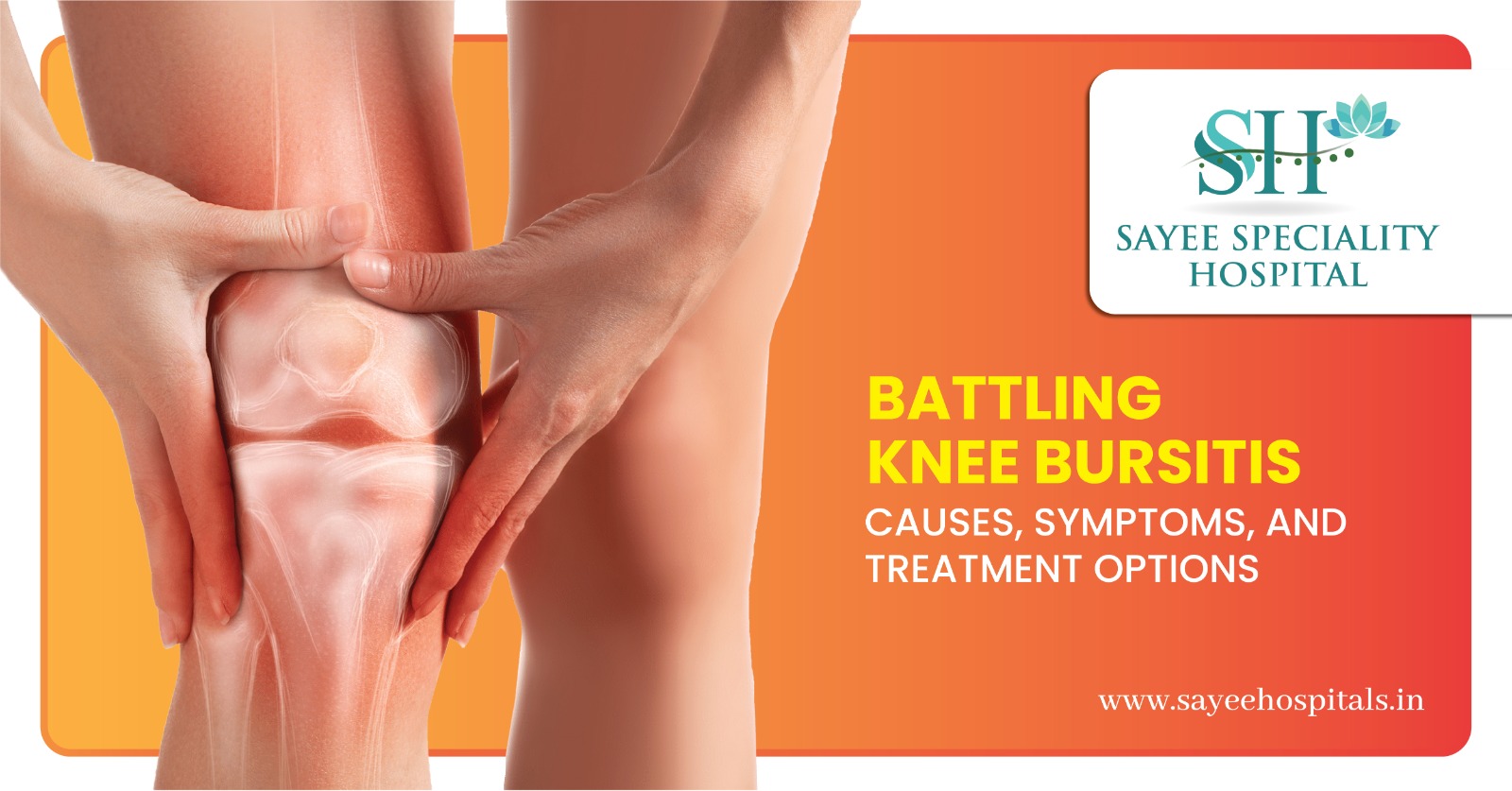Knee bursitis, characterized by inflamed fluid-filled sacs near the knee joint known as bursae, can cause discomfort and limit mobility. Understanding its causes, symptoms, and treatment options is crucial for effective management and prevention.
Causes and Symptoms:
Knee bursitis often results from friction and irritation of the bursae, commonly occurring over the kneecap or on the inner side of the knee.
Symptoms include warmth, tenderness, and swelling in the affected area, accompanied by pain during movement or at rest.
Risk Factors and Prevention:
Prolonged kneeling, certain sports activities, obesity, and underlying medical conditions like osteoarthritis increase the risk of developing knee bursitis.
Preventive measures include wearing kneepads, taking regular breaks during activities involving prolonged kneeling, and maintaining a healthy weight.
Diagnosis:
Healthcare professionals diagnose knee bursitis through a combination of medical history evaluation, physical examination, and imaging tests such as X-rays, MRI scans, and ultrasounds.
Aspiration, a procedure to drain bursa fluid, may be performed to test for infection or gout.
Treatment Options:
Treatment aims to alleviate symptoms and may include medications like antibiotics for bacterial infections, corticosteroid injections to reduce inflammation, and physical therapy to strengthen muscles and improve flexibility.
In severe cases or when conservative measures fail, needle aspirations and surgical procedures such as bursa removal may be recommended.
Understanding knee bursitis and its management options is essential for individuals experiencing symptoms or at risk of developing the condition. Prompt diagnosis and appropriate treatment can help alleviate discomfort, improve mobility, and prevent recurrence, allowing individuals to maintain an active and healthy lifestyle.
